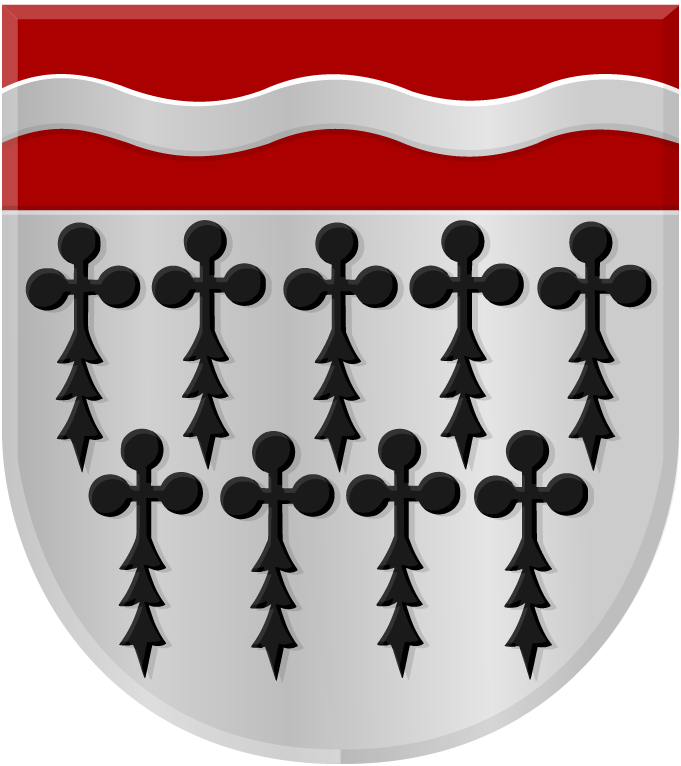
Unveiling the Charms of a Quaint Maritime Gem
Nestled along the picturesque Dutch coastline lies the enchanting village of Yerseke. With its rich maritime heritage and serene surroundings, Yerseke offers a unique blend of history, culture, and natural beauty that captivates visitors from around the world.
Renowned for its bountiful oyster beds and thriving mussel industry, Yerseke has long been celebrated as the ‘Oyster Capital’ of the Netherlands. Wander through the village and you’ll find yourself immersed in a world of traditional fishing boats, bustling seafood markets, and quaint seafood restaurants where you can savor the freshest catch.
The allure of Yerseke extends beyond its culinary delights. The village boasts a rich history, evident in its charming architecture and cobblestone streets. Visitors can explore the Yerseke Moer nature reserve, a haven for birdwatching and serene walks amidst tranquil marshlands.
A stroll along the Oyster Route allows you to delve into Yerseke’s maritime past, offering insights into oyster farming techniques and the village’s evolution over time. The Oosterschelde Museum provides a deeper understanding of the region’s relationship with the sea and its inhabitants.
Yerseke’s warm community welcomes travelers with open arms, inviting them to experience its maritime traditions and immerse themselves in a world where sea and land harmoniously coexist. Whether you’re a seafood enthusiast, a history buff, or simply seeking a serene coastal escape, Yerseke promises an unforgettable journey into the heart of Dutch maritime culture.
It once started as a peaceful protest against the construction of a dam that would close the Oosterschelde. This would be disastrous for life in and around the estuary. As a protest against the construction, the Action Group Oosterschelde Open organized the Oosterscheldedag, or mussel day, on the third Saturday of August 1972, with the aim of recruiting as many sympathizers as possible.
The success of Oosterschelde Open is partly due to the cooperation between the mussel fishermen (from Yerseke, Bruinisse, Zierikzee and Tholen and the nature organizations).
During the third Saturday of August every year, the village celebrates the official start of the mussel harvest with the annual Mosseldag, although these days the season tends to begin earlier. The event attracts approximately 50,000 visitors who come to eat mussels, take free cruises on mussel ships, and enjoy flee markets, beer tents, parades and marching bands, as well as traditional regional activities including regional dress. The Friday evening before the event, a dance festival is organised. Instead of the yearly fireworks, they will keep after several years, again the well known Mosselrock
mussel and oyster culture
Until 1840, the port of Yerseke was no more than a few unloading and loading points on a few small dams on either side of the sea lock. Around 1840 the first improvements were carried out, but only in 1870 a new port was built due to the rise of oyster cultivation.
The continued growth necessitated the expansion of the port in 1883 and 1898.
From about 1870, oysters were started in Yerseke. The cultivation was introduced by some wealthy industrialists.
The construction of the Oosterscheldekering, a harsh winter and the outbreak of diseases in the oysters caused many oyster growers to stop using it. Only 6 companies remained. These started with the cultivation of the Japanese oyster. This is less susceptible to diseases and cheaper to grow.
For this purpose, oyster pits were built, where oysters are grown through the pan culture. As a result, the village had to deal with a tremendous economic boom.
The mussel culture also took an increasingly important place for the village. This dates back to the 15th century. The mussel seed, fished in the Wadden Sea, is scattered over certain plots in the Oosterschelde, where the mussels continue to grow. The village is now the only mussel auction in the Netherlands, where fishermen from neighboring fishing villages also come to auction their mussels.
In the past, the mussels were caught with small sailing ships, the hoogaars and the stallion. Nowadays, very modern ships with advanced navigation equipment are used.


The coat of arms of Yerseke was confirmed in use by the High Council of Nobility in 1817.
The coat of arms remained in use until 1970, on 1 January that year the municipality merged into the municipality of Reimerswaal.
On December 17, 2002, the city council of Reimerswaal decided to restore the old municipal coats of arms, including that of Yerseke, as village weapons.
No text is mentioned in the drawing.
Later, the High Council of Nobility wrote a blazoning. The text reads as follows:
In silver nine ermine tails, placed five and four; a shield head of throat, laden with a wavy crossbar of silver.










